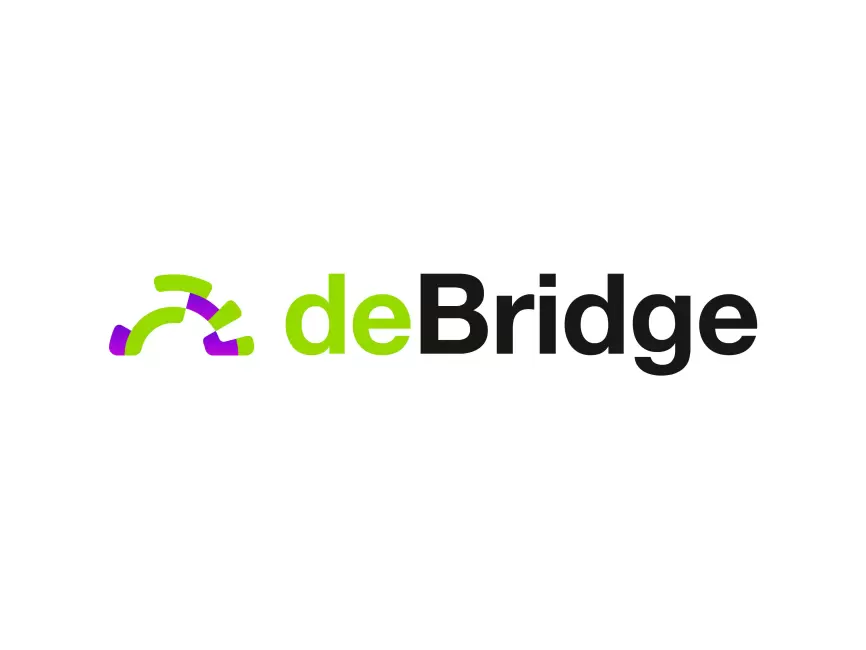Okay, so check this out—I’ve been diving deep into cross-chain bridges lately. You know, those protocols that let you move assets between blockchains without selling or swapping them. At first glance, it’s all cool tech magic. But honestly, something felt off about a lot of bridges out there. Too many stories about hacks, delays, or clunky user experiences. Seriously? That’s the last thing DeFi needs.
Then I stumbled on deBridge Finance. Wow! The first thing that jumped out was their approach to security. Unlike many protocols that just slap together validators or rely solely on multisig wallets, deBridge uses a combination of decentralized validators and cryptographic proofs to keep assets safe. It’s like they thought, “What if we layered security like an onion?”—peeling back one risk after another.
My instinct said this wasn’t just hype. The way they handle asset transfers across chains is pretty slick. Initially, I thought it’d be another slow, clunky process. But nope—transfers happen lightning-fast, which is crucial when you’re juggling volatile DeFi positions. And on top of that, the user interface feels intuitive. That’s a rare combo.
Here’s the thing. Cross-chain transfers have always been a pain, especially when security gets sacrificed for speed. On one hand, you want your assets moving quickly—no one likes waiting forever. Though actually, if speed compromises security, it’s a non-starter. deBridge seems to strike a balance, but I had to dig deeper to be sure.
What truly sets deBridge apart? Their protocol is built with modularity in mind. This means it’s not just a bridge—it’s a whole framework that other DeFi projects can integrate to enable cross-chain operations seamlessly. That kind of flexibility is very very important for scaling DeFi beyond isolated chains.
Check this out—

So, I started wondering about their validator set. Not just who they are, but how decentralized they really are. Turns out, deBridge employs a diverse, global group of validators, which reduces the risk of collusion or single points of failure. That’s comforting. But, I’m not 100% sure how they incentivize long-term honest behavior. There’s talk of staking and slashing, but the devil’s in the details, right?
Anyway, something else bugs me about many bridges: opacity. Users often don’t know what’s happening under the hood during transactions. With deBridge, they offer transparent transaction histories and audit trails. You can actually verify where your assets are at any moment. That transparency? Game-changing.
Personal Experience: Moving Assets Without Losing Sleep
I gave it a spin recently, moving some tokens from Ethereum to Binance Smart Chain. The process was smooth—no weird delays or failed transactions, which was a pleasant surprise. Usually, with other bridges, you’re holding your breath, hoping the transfer doesn’t get stuck or worse, exploited.
Oh, and by the way, their support team is surprisingly responsive. I hit a minor snag (totally user error, my bad), and they walked me through it without the usual robotic replies. It’s rare to find that level of human touch these days.
Initially, I thought integrating this kind of tool for everyday DeFi users would be a nightmare. But deBridge’s SDK and API are actually developer-friendly. For projects wanting secure cross-chain functionality, this could be a no-brainer. The ecosystem needs more of that.
But let me rephrase that—developers still need to vet thoroughly. Integrations always carry risks, and no protocol is bulletproof. Yet, the architecture deBridge employs, combining validator consensus with cryptographic proofs, gives me more confidence than most.
Here’s what bugs me about some competitors: they rely heavily on centralized custodians or wrapped tokens that aren’t truly native on the target chain. DeBridge avoids this by using native assets through their protocol, which minimizes systemic risk. That’s a breath of fresh air.
On a broader note, secure asset transfer protocols like deBridge are critical for DeFi’s next phase. As projects proliferate across chains, users demand seamless interaction without trading off security. deBridge seems to be listening.
Want to check out their platform yourself? You can find more info here. I’m biased, but if you’re into cross-chain DeFi, it’s definitely worth a look.
Frequently Asked Questions About deBridge Finance
What makes deBridge more secure than other cross-chain bridges?
deBridge combines a decentralized validator network with cryptographic proofs to verify transactions, reducing risks associated with centralization and single points of failure.
How fast are asset transfers on deBridge?
Transfers typically occur quickly, often within a few minutes, which is faster than many traditional cross-chain bridges that rely on slower confirmation mechanisms.
Can developers integrate deBridge into their projects?
Yes, deBridge offers modular SDKs and APIs, making it easier for developers to build secure cross-chain functionalities into their DeFi applications.
Is deBridge fully decentralized?
While it employs a decentralized set of validators from diverse locations, no system is ever 100% decentralized. However, deBridge’s design significantly reduces centralized risks.
